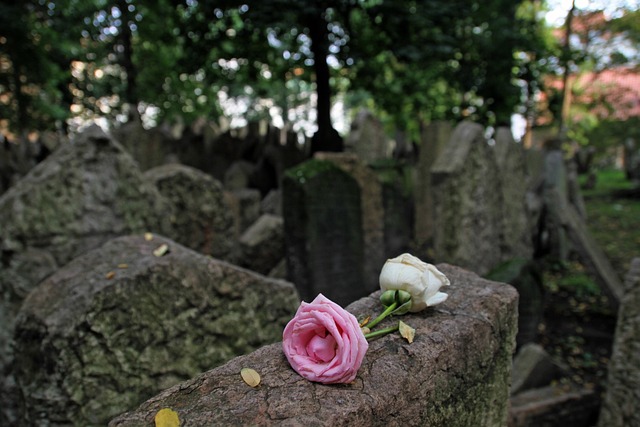
In this article, we will discuss an interesting story that involves three Jewish soldiers in Rome during the first century BCE. Our three protagonists lived in the region of the Ancient Gaul, which is known today as Germany or just on the border of France. Their three gravestones serve as significant pieces of Jewish history that is why we will be talking more about their details and what these markers mean.
If you’re interested in learning more about our shared history, join Kosher River Cruises on one of our Kosher Europe tours. Travel in style, experience fine kosher dining, and participate in daily services onboard. Discover fabulous destinations whilst staying in luxury onboard. Make this one of your glatt kosher vacations that stands out among the rest.
Origin of the Mainz Jewry
These gravestones share a similar appearance, hinting that they may have been from the same school of artists. The grave markers shows; Monimus (son of Ierombal), Sibbaeus (son of Eron), and Caeus (Son of Haneli). For a little backstory, the book entitled “The First Ashkenazi Jews” by Asher Frishman that was published in 2008 includes some chapters that explore a few early legends of European settlement. One of the most interesting legends appears in Ibn Daud in the 12th century. This legend describes a Roman Emperor, either Vespasian or Titus, during the second half of the first century in the context of the destruction of Jerusalem during the first Roman Jewish war.
According to this legend, the emperor cast adrift into the Mediterranean Sea without a captain, a ship filled with Jews. These Jews landed right under the boot of Italy and Sicily. Specifically in Arles, Bordeaux, and Lyon. Most historians haven’t really made a big deal out of this legend, but it was also mentioned in Josephus that there were Jews in this region during the first century. However, the gravestones that we’re looking into in this article belong to a completely different trip of Jews who went from Jerusalem to Mainz or Mayence in French. This region is located in the earliest corner of Ashkenaz, somewhere north of Stuttgart near Frankfurt.
The Itureans
Our primary source for Jewish populations during the first century is Josephus. One of the most significant Jewish historians known to man. Not only did Josephus record the first Jew in the South of France, but he also mentions the Itureans. In relation, this is where Rabbi Dr. Sali Levi comes in. He was the last Rabbi of Mainz during the pre-holocaust period. Rabbi Dr. Sali Levi also published an article entitled “The Newsletter for the History of Jews in Germany.” This article was about Jews called Itureans who were living in Iturea during the first century BCE.
Iturea is located in what is now Eastern Syria or Lebanon and was conquered by the Maccabean Kings. The population were also forcibly converted to Judaism as well. In the year 63 BCE, the Itureans were put to use as soldiers in their army. Though there are now dates on the grave markers, they could still be dated to sometime after this period, most likely under Julius Caesar, Claudius, or Augustus. Which leads us to the conclusion that these gravestones were from three soldiers serving as part of the Iturean contingent.
Gravestones From The First Century
When we look at the gravestones, they don’t really appear Jewish. During this time, the Jewish population was incredibly aniconic. Thus, it was a bit strange that the grave markers had 3D sculptures of people on them. For wealthier or more important people, having a gravestone maker create the gravestones and make it look like pieces of art were common. However, there was no indication in the marker that this is how they did it. Family members were also not mentioned except for the gravestone of Caeus since his brother was mentioned in the inscription.
Although we are not actually sure that these grave markers are Jewish, there are a few convincing indications that they were. There is actually a reference in the early 4th century in the Theodosian code. It strongly indicates that there were traces of Jews living in Cologne. Therefore, there is no actual continuity between these initial pieces of evidence and the bigger groups of data sets from the 9th century and onwards. On the gravestones, the names “Moniums, the son of Ierombal,” “Sibbaeus, the son of Eron,” and “Caeus, the son of Haneli” are mentioned. In Josephus, the name Monimus is actually used as the Latin version of the name “Menachem,” which is a Jewish name. Meanwhile, Ierombal is also considered a semitic name. Sibbeaus is possibly the biblical name “Siba” in the book of Kings while Haneli is a name that may have come from “Hananel” or “Hanania,” which are Jewish names.
